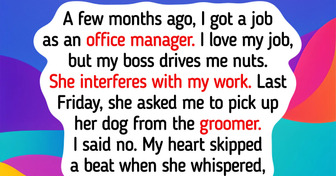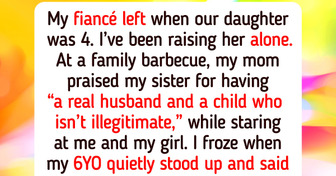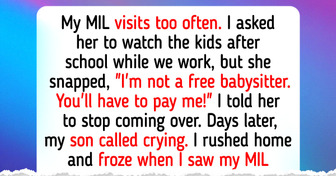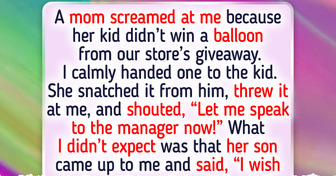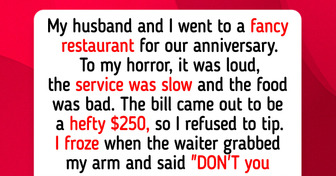13 People Who Discovered Hidden Truths About Their Partners

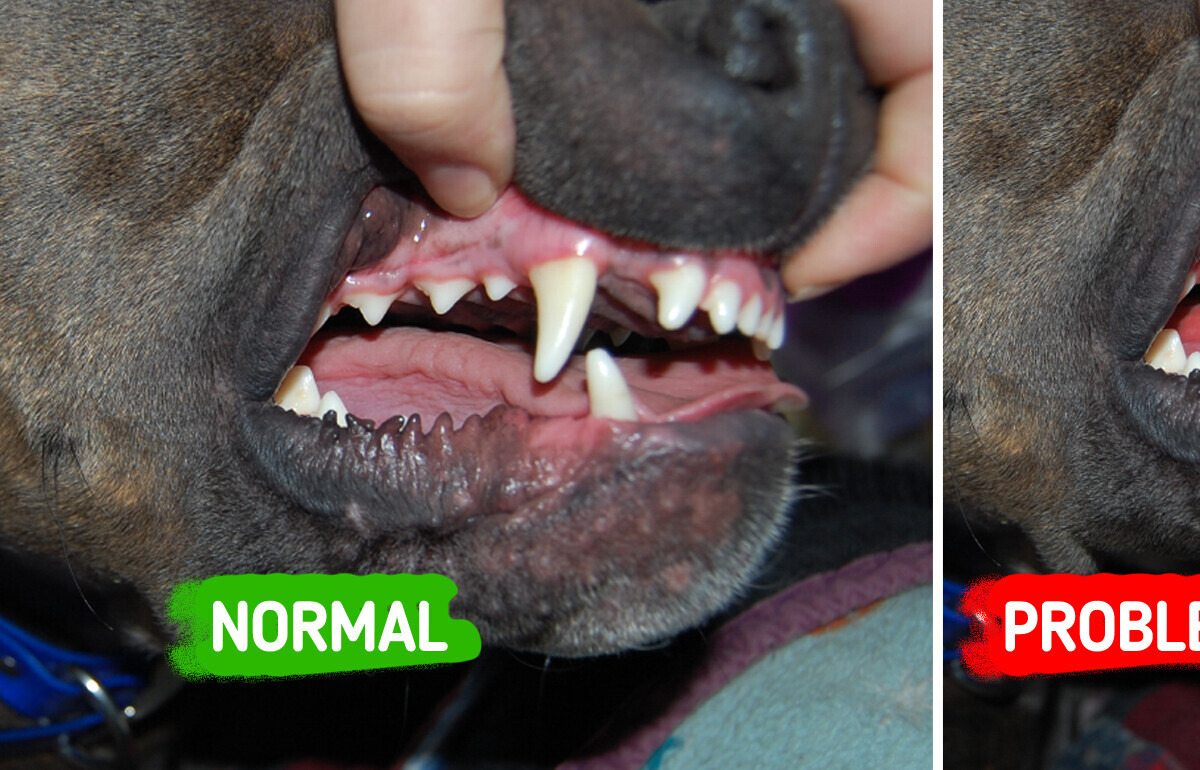
No pet parent wants to see their dog in pain. But what if they are and you’re completely missing the signs? Don’t despair, we’ve made a list of some of the subtle cues that your furry child might do to reveal their pain. Check out the 11 silent warning signs below and what they could be saying about your dog’s health.
CONTENT IS PROVIDED FOR INFORMATIONAL PURPOSES ONLY AND IS NOT INTENDED AS A SUBSTITUTE OF MEDICAL ADVICE. SEEK GUIDANCE OF YOUR VETERINARIAN REGARDING
YOUR DOG’S HEALTH AND MEDICAL CONDITIONS.

Dogs are known for their cute little head tilts, but it could be a sign of a serious condition if they do it a lot. If the head tilt takes more than a day and includes other symptoms like falling over and vomiting, then get your pet to a vet as soon as possible.
Other symptoms include: throwing up, leaning, circling, and/or disorientation, perplexity, weariness, stumbling, losing balance, having poor coordination, toppling over, hesitating or unwilling to stand or move, eyelids moving side to side and deafness or hearing impairment.
Possible causes: A dog’s head tilting could suggest ear balance problems, brain balance problems, hypothyroidism or a lack of nutrients.
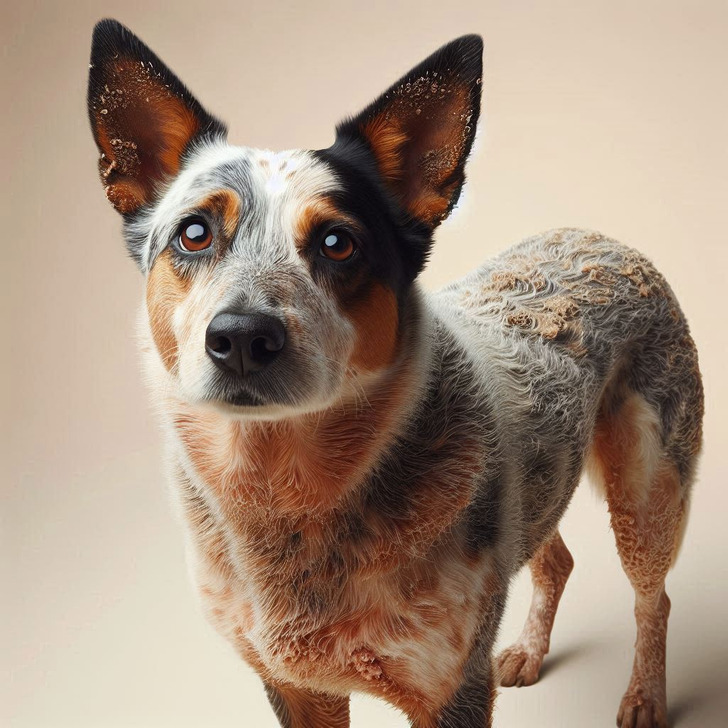
If you notice that your dog’s once shiny coat and smooth skin has turned flaky and dry, with scabs, redness or signs of scratching; then your dog might have, allergies, parasites or an underlying health issue.
Other symptoms include: problems such as hair loss, red skin, itchy skin, little bumps or pimples, bad smell, greasy fur, or dry, scaly or cracked skin, can accompany this symptom, and it can affect one or more areas of the body.
Possible causes: These skin and fur problems may be the result of fleas; food issues like a poor diet; environmental factors, which could be causing Cushing’s disease or hypothyroidism; skin infections; bathing too much — which could be harming the skin; or poor grooming.

While aging dogs usually develop cloudy eyes — a blue or white haze either outside or inside the eye — the condition can also be caused by an underlying medical condition.
Other symptoms include: oozing from the eye, eye redness, swelling of the eye or surrounding it, pawing at the eye, blinking or squinting too much, regressing vision shown by running into things or losing sight of a thrown object. Seek emergency care if your dog is experiencing severe pain or if their eye seems to be protruding.
Possible causes: dogs with cloudy eyes may have issues with the cornea, lens, or internal structure of the eye; problems with the lenses could be cataracts (which might result in blindness) or nuclear sclerosis (natural aging). The eye may also appear hazy or foggy due to corneal issues such as ulcers, scarring, dystrophy, degeneration, or dry eye.
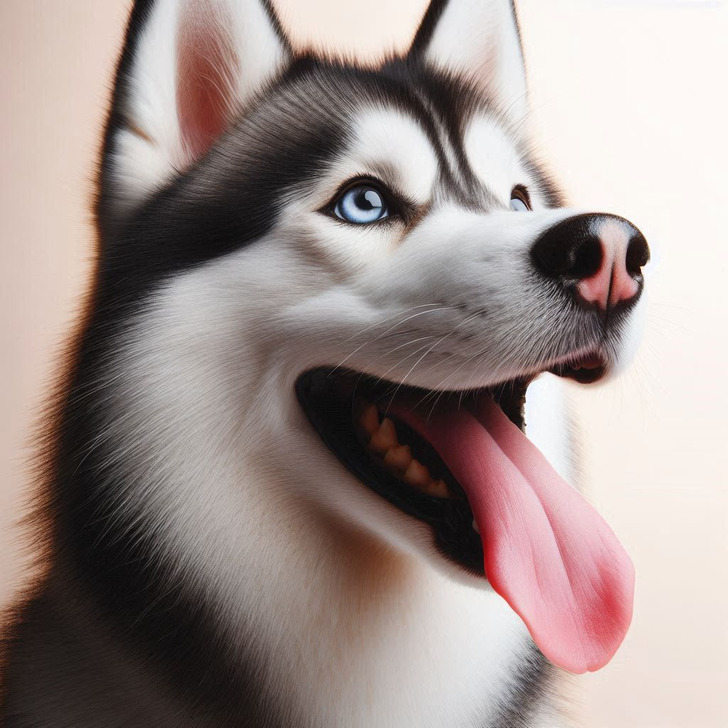
After experiencing an exciting moment or exercising, dogs are prone to pant. But changes in your dog’s breathing such as wheezing, labored breathing or persistent panting might be a very bad sign, especially if they are breathing heavily while in a relaxed state — get vet attention fast if this happens.
Other symptoms include: being tired all the time, coughing, runny eyes or nose, gums that look pale or are not the normal color, weak muscles, breathing fast while sleeping, bleeding or bruising, getting hurt or throwing up and not eating like usual. See a vet if you notice these symptoms.
Possible causes: left-sided heart failure (fluid in lungs), pain, pneumonia, bronchitis, heartworm disease (right-sided heart failure), cancer, lung bulla (air bubble in lung), lungworm, pulmonary hypertension (lung high blood pressure), lung bruises (contusions), non-heart-related lung fluid (noncardiogenic edema), severe bleeding or Cushing’s disease.

If your once outgoing and energetic pup suddenly becomes less playful or seems unusually tired, or uninterested in activities they once enjoyed, such as toys or walks, it could indicate discomfort or illness.
Other symptoms include: getting more sleep, hiding in locations they don’t often go to, moving slower than usual, not as active as normal, even while playing with their favorite toys, disinterested in routine tasks like daily walks or meals, or they’re reacting slowly to stimuli and not being themselves.
Seek immediate medical attention if you also notice pale gums which might be a sign of internal bleeding and potentially fatal anemia; a swollen belly, which may indicate bloat or other abdominal issues; breathing difficulties or a blue or purple tongue which could mean a heart or lung issues; unsettled stomach lasting longer than 48 hours and is due to diarrhea, vomiting, or appetite changes; tremors and shaking, ataxia convulsions or a dull or unresponsive demeanor.
Possible causes: asthma, lethargy, anemia, arthritis, cancer, carnassial tooth abscess, coccidia, congestive heart failure, degenerative myelopathy, ehrlichiosis, elbow dysplasia, fibrosarcoma, hemangiosarcoma, liver disease, hepatic shunt, parvo, spondylosis, vestibular condition, and whipworm.
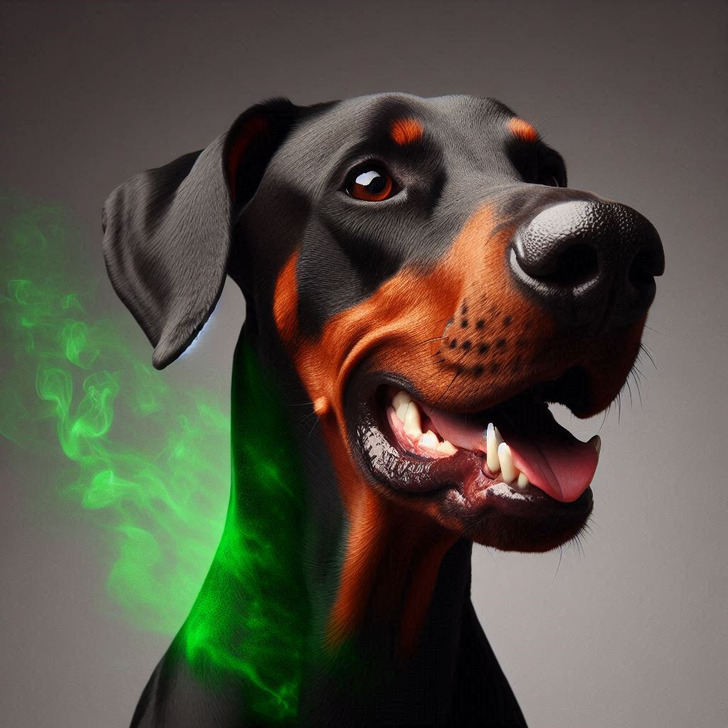
Our canines all have their natural odor, but if the smell becomes extremely strong or bad, the smell needs to be taken seriously because it could mean that something is wrong with your dog.
Possible causes: skin problems — in Spaniel, Pekingese, Pug, Bulldog, or Shar-Pei breeds — skin folds are prone to skin fold dermatitis, a stinky skin disorder. Cleaning the folds regularly with wipes may can help avoid infections and bad skin odor; ear infections — it could be a yeast or bacterial yeast infection.
Dogs with longer droopier ears and allergies are more susceptible to ear infections; gas attacks — happens due to bad diet can be fixed with grain-fixed diets; anal sacs — bad-smelling anal glands can clog and cause infections if left untreated, and allergies can cause the issue to worsen, specifically in the spring and wet dogs smell bad too.
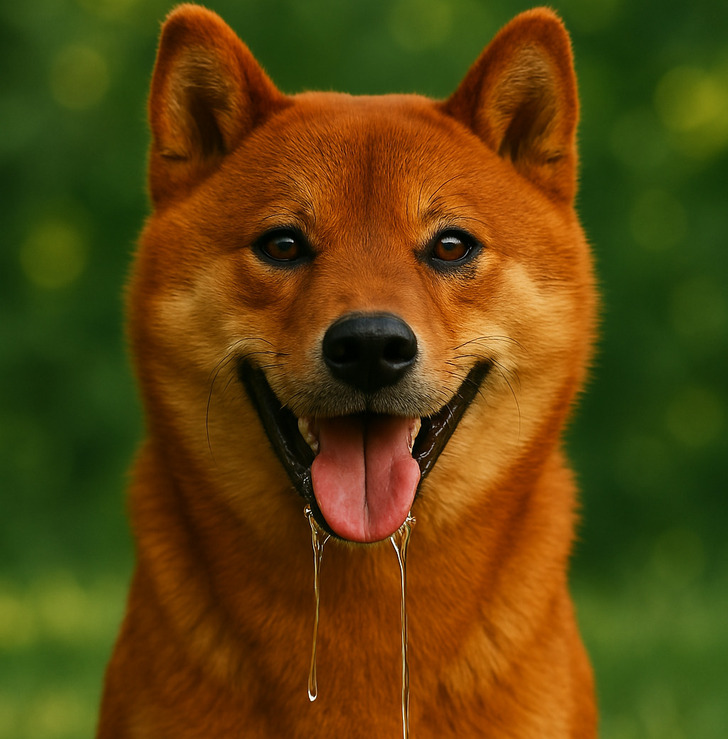
Though drooling is common in dogs, and breeds with large upper lips drool more than others — as a dog parent, you need to be vigilant of your dog’s drooling patterns because excessive drooling may not be a good sign.
Other symptoms include: vomiting, diarrhea, bleeding, tiredness, changes in behavior or eating, dizziness, head-tilting, or trouble balancing, difficulty swallowing, uneven pupils, restlessness or panting, abdominal distension and pawing at the mouth.
Possible causes: gum or other oral issues, mouth injuries, stomach problems or pain, burns from chemicals or electricity, poison, anxiety, brain condition, infections, as well as congenital defects.

When dealing with an itch or irritation in their ears, dogs will shake their heads to indicate that they’re uncomfortable. So if you notice that your dog’s head shaking is ongoing, get them some help.
Other symptoms include: hearing loss, inflammation, redness, irritation, discharge, and odor. Scabs may be visible near the earflap as well as hair loss. Behavioral symptoms include eyes that are constantly darting, rubbing the affected ear on surfaces like furniture or floor or walking in circles.
Possible causes: If your dog constantly shakes their head, this could mean that they have ear mites or an ear infection. Pay attention to any new behaviors exhibited by your pet.

Though hiding is one way that a dog plays, if your dog starts hiding behind you or objects or avoiding interaction, it could be a sign of a stressed doggo.
Other symptoms include: them not moving or completely disassociating from the situation.
Possible causes: depression and anxiety, heart conditions, pain, fear or age are also factors.
Good oral health in dogs looks like pink gums, white teeth and no tartar build-up. So if a dog’s gums turn red, it could indicate a dental problem.
Other symptoms that might go along with red or inflamed gums are bad breath and tartar build-up, bleeding gums — could be an indication of gingivitis, an injury (such as biting on a sharp item), or poisoning from food, panting: an indication of excessive heat and cobbled texture which, in rare cases, may be an indication of oral cancer. When combined with serious symptoms like head-tilting, lethargy and panting, see a vet immediately.
Possible causes: Gum warts (papillomatosis), gum disease like gingivitis and periodontal disease, cancer, diabetes mellitus, or uremia, too many teeth, old age, an injury on the gums, overheating or heatstroke (accompanied by panting) or if they’ve consumed something poisonous.

A dog’s snout is an important part of who they are because they use it to detect odors with incredible sensitivity, so a swollen snout can cause difficulty in breathing and regular daily function.
Other symptoms include: discharge below the eye, fever, loss of appetite, depression; halitosis, discolored teeth, swollen gums, facial swelling; increase in height and thickness of the gums, bleeding, ad breath, excessive drooling, decreased appetite; dry, scaly, missing patches of skin, lesions; red inflamed patches, hot spots, redness, papules, and pustules on the hair follicles, scabbed-over circular lesions, pain in the infected area, infection warm to the touch, red streaks on the skin and pockets of pus.
Possible causes: carnassial tooth abscess, periapical abscess, proliferating gum disease, nasal tumors, ringworm, pyoderma. It could also be the result of a bad fall or injury.
Dogs aren’t the only ones that we have to be vigilant of because, apparently, not everything we’ve come to believe about cats is true. Check out these feline myths.


